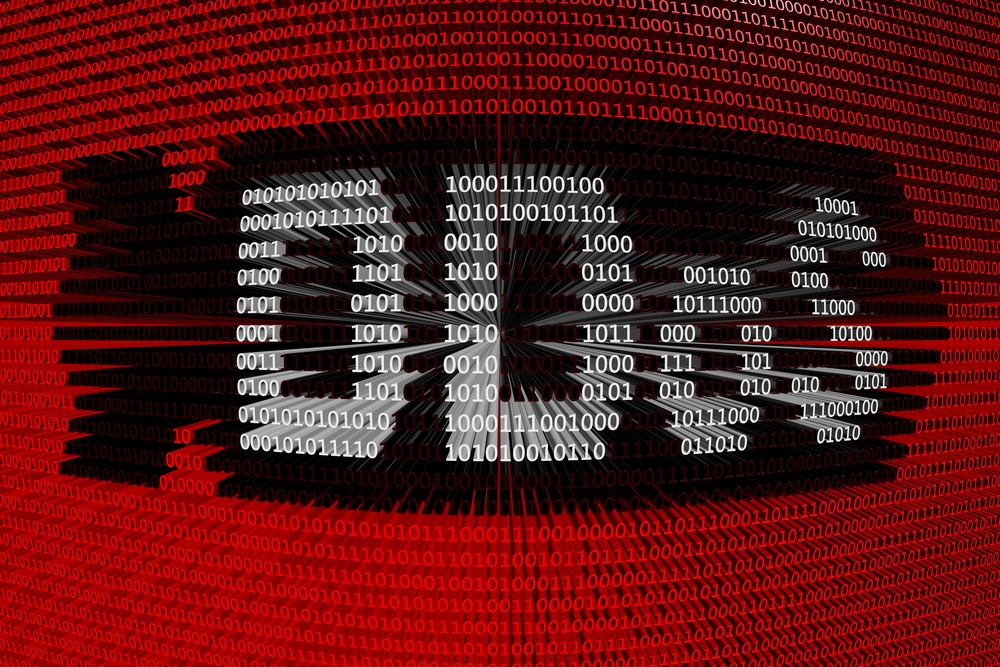

The technology world isn’t exactly starved for acronyms. These days, however, one stands out: DDoS.
It is short for distributed denial of service, tech-speak for cyberattacks that overwhelm computers and make websites disappear. The cost in revenue, customer service and brand equity is often huge.
The stark reality is that organisations need to wake up and recognise that, no matter how much time, effort and resources they put into defending themselves against a possible DDoS attack, the bad guys will always find a way in. Unfortunately, there simply is no such thing as perfect security or an ideal solution. Organisations should, instead, focus on adopting a risk management approach to protect their business assets.
Just as in the physical world, organisations need to make themselves as unappealing to attacks in the cyberworld as possible. The way to do this is to reduce the criminals’ return on investment by raising the costs of an attack with things like strong encryption, distributed data sources and compartmentalisation of customer data.
Earlier this year, Neustar published an EMEA-wide DDoS Report including responses to a survey of 1,500 IT professionals across a wide range of industries. Worryingly, the report found that a huge number of organisations are hit by cyberattacks on multiple occasions. Almost forty percent of respondents claimed to have been attacked two to five times in the past twelve months, with twenty four percent claiming to have been hit six to ten times. The lesson should be clear: learn from these attacks, and plan for the next one accordingly because it will happen again.
So, in the event of an inevitable attack, what needs to happen?
The primary concern for any business are customers. And in this case, customer data. In the event of an inevitable attack, a standard of care needs to be in place to ensure there are measures and systems to detect, as early as possible, when a breach occurs, and following this, what are the immediate next steps. This includes everything from preparing public statements for customers and employees, to regulatory and media notification processes. Responses need to be rehearsed. The sooner breaches are recognised and the faster the response process is enacted, the less damage is likely to result from it.
The good news is that although attacks will happen, technology does exist that can combat the problem. When it comes to technology, it’s important to understand that that an effective defence against DDoS is both an art and a science, a blend of man and machine. This is because like any other type of warfare, cyberattacks evolve constantly. Sophisticated new tools crop up all the time. As soon as defences harden, so do attackers resolve, spurring new tactics.
Investing in cloud-based defence systems can provide security capable of defusing attacks before they even reach the network. Utilising massive bandwidth and traffic-cleaning capacity, with teams of experts’ working 24/7 to fight against attacks. Additionally, a so-called ‘hybrid’ approach involves both on-premise DDoS mitigation appliances and the use of services that are delivered by DDoS protection providers able to help mitigate attacks.
It’s often said that those who don’t know history are doomed to repeat it. The same sad ending beckons those who know but don’t take action. When it comes to protecting against DDoS attacks, inertia is the deadliest enemy of all.
Italy, White House issue joint statement condemning 'discriminatory' tech taxes as US seeks to end…
Italian newspaper Il Foglio says four-page AI-generated supplement published every day for a month shows…
Huawei launches Titanium edition of Eyewear 2 smart glasses with gesture controls and AI-powered simultaneous…
Gerald Yin, founder, chairman and chief executive of key Chinese chip tools maker AMEC, drops…
Intel reportedly tells clients in China some of its AI chips will now require export…
New Intel chief executive Lip-Bu Tan flattens company's leadership structure as he seeks to end…